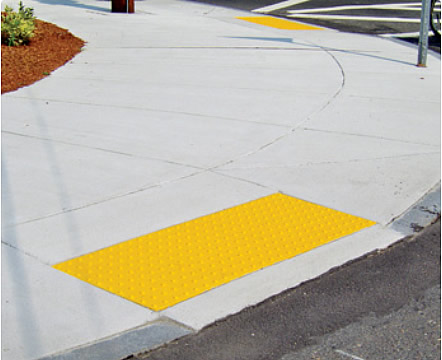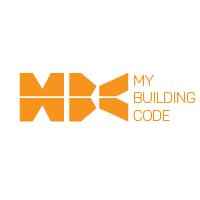Accessibility is equality.
Making spaces accessible to people with disabilities is a mandatory requirement for both the public and private sectors.
According to the 2019 census, 2.2% of Kenyans ( around 0.9 million people) live with some form of disability.
This number is probably higher when you consider the fact that as people get older, many begin to face a disability of some kind.
It, therefore, makes business sense to ensure that the design of your premises, products, and services can be used by as many people as possible.
And in the advent of accessibility and inclusion for equal rights, the absence of such facilities can expose an organization to litigation.
The draft national building code 2020 has a section on special requirements for people living with disabilities (Part XX). The code stipulates that:
“A building shall be designed in a manner that facilitates access to the building, and to the use of its facilities, by a person living with a disability in accordance with KS ISO 21542:2011 (Building Construction— Accessibility and Usability of the Built Environment).”
How can you make an environment more accessible?
Through accessibility, we’re able to realize the rights and inclusion of persons with disabilities (PWDs) in society and development.
PWDs experience functional limitations ranging from having a hearing, visual, motor, or cognitive impairment among others. The provision of flexible facilities and environments will ensure that we accommodate each user’s needs and preferences.
The most common challenges faced by PWDs in the built environment revolve around inaccessible transport, inaccessible buildings, and inaccessible workspaces.
Universal Design
A fundamental condition of good design is Universal design. This is defined as the design of products and environments to be useable by all people to the greatest extent possible without the need for adaptation or specialized design.

A common example of universal design is the sidewalk ramp or curb cut. A curb cut is essential for people using wheelchairs, but it also benefits kids riding bikes, seniors using walkers, parents pushing strollers, and delivery people pulling heavy trollies. When something is universally designed, it can be used easily by everyone.
Reasonable Accomodation
Whereas accessibility relates to groups, reasonable accommodation relates to individuals.
The term “accommodation” refers to the legal responsibility for providing accessibility to persons with disabilities, for example through the provision of a personal assistant or modifications to a physical work environment.
A reasonable modification is a physical alteration to a unit or common-use area to allow a person with a disability greater accessibility and use of the premises. Common examples of reasonable modifications: Grab bars, ramp, roll-in shower, widening of doorway, flashing doorbells, handrails or signage.
Conclusion
No one can enjoy a human right that they cannot access, and persons with disabilities face many barriers that hinder full and equal access to their enjoyment of human rights.
When public spaces are improved and made accessible, everyone benefits.
Cover image courtesy of re-thinkingthefuture[.]com







